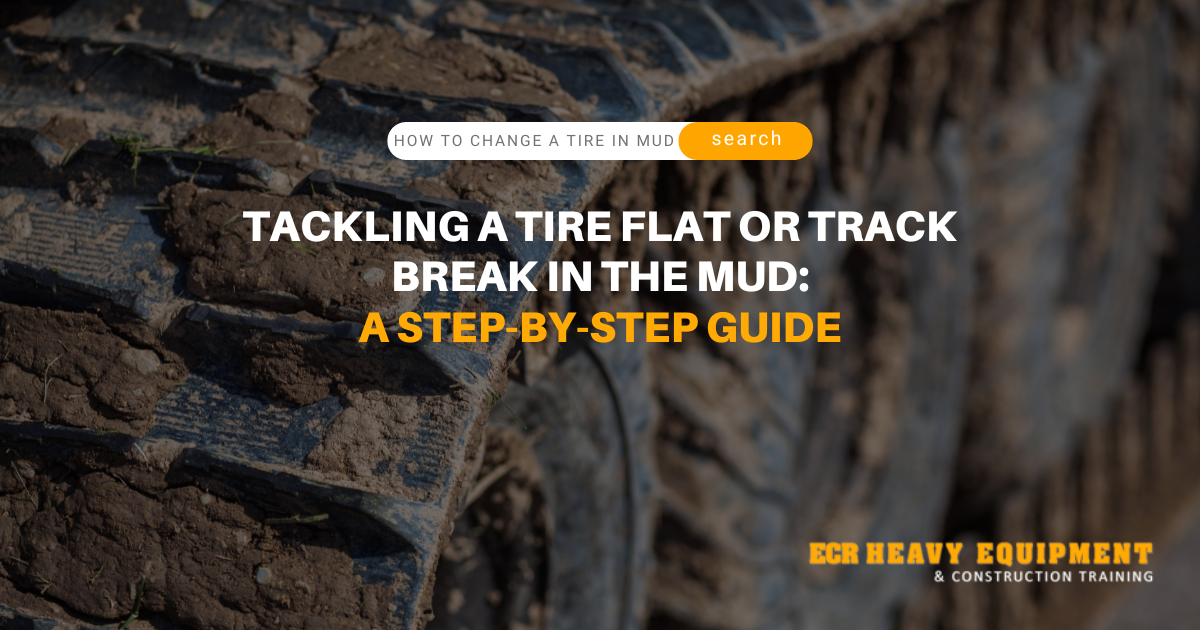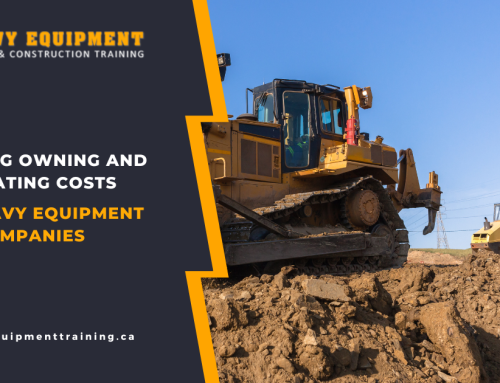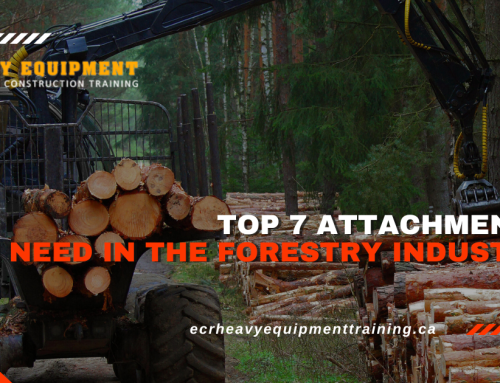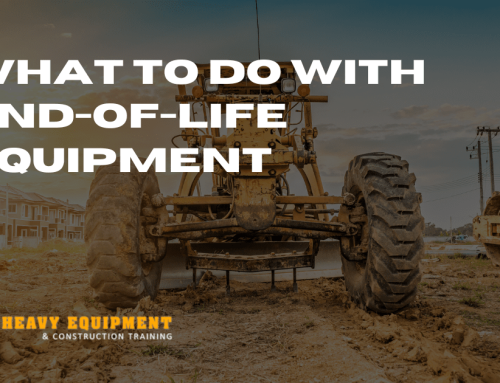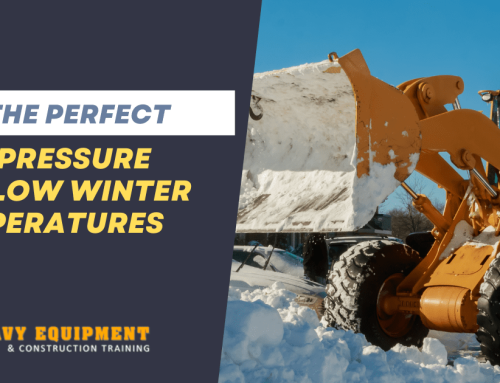When it comes to heavy equipment, a flat tire or broken track can cause some major setbacks, especially if it happens in the mud. In this step-by-step guide, we’ll show you how to tackle the situation and get your tractor back up and running swiftly so you can continue your work without delay.
- Before you start, make sure to clear the mud away from the area around the flat tire or broken track. This will make it easier for you to access and work on the issue.
- If you’re dealing with a flat tire, remove the lug nuts that secure it in place and carefully lower it off of its rim. Then, use a rubber mallet to force out any dirt, rocks, or debris that may have become lodged inside before replacing it with a new one.
- When dealing with a broken track, begin by removing all pieces of debris near the break and then securing both ends of the track with clamps so they don’t move while you work.
- In either case, use a wrench to loosen the bolts that hold the frame of the tractor in place so you can access the problem area more easily.
- Whether you’re dealing with a flat tire or broken track, it’s important to get as much of the mud out as possible before attempting any repairs. Use a high-powered pressure washer to clear away all caked-on dirt and debris, then allow it to dry completely before continuing.
- For broken tracks, carefully align both ends of the track and secure them together using new bolts and nuts to ensure they stay intact until you have time for full repairs. If needed, you can also add additional clamps for extra support and stability.
- Finally, if you’re dealing with a flat tire, re-inflate it and then remount it on the rim using all-new lug nuts for added security. After making sure everything is tightly secured in place, you should be good to go!
By following these steps, you can get your tractor back up and running quickly and efficiently so you can continue your work without further delay. With proper maintenance and care, your equipment will remain safe and secure no matter what terrain or conditions come its way. Good luck out there!
